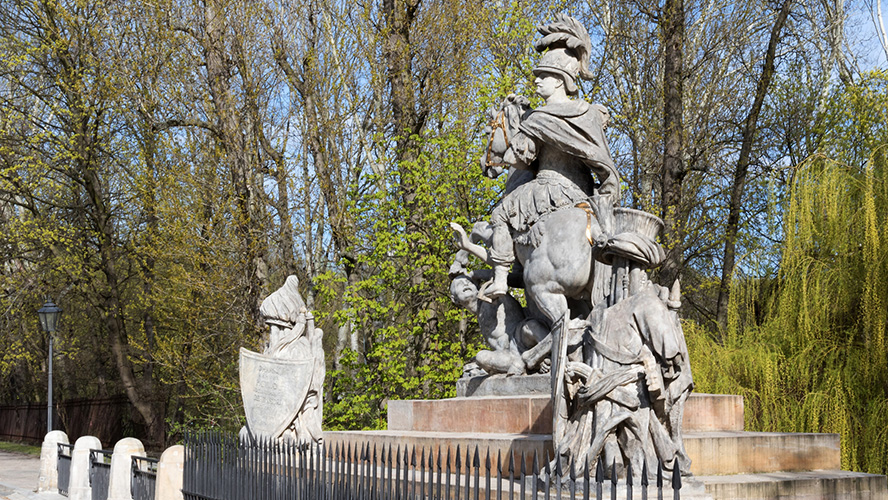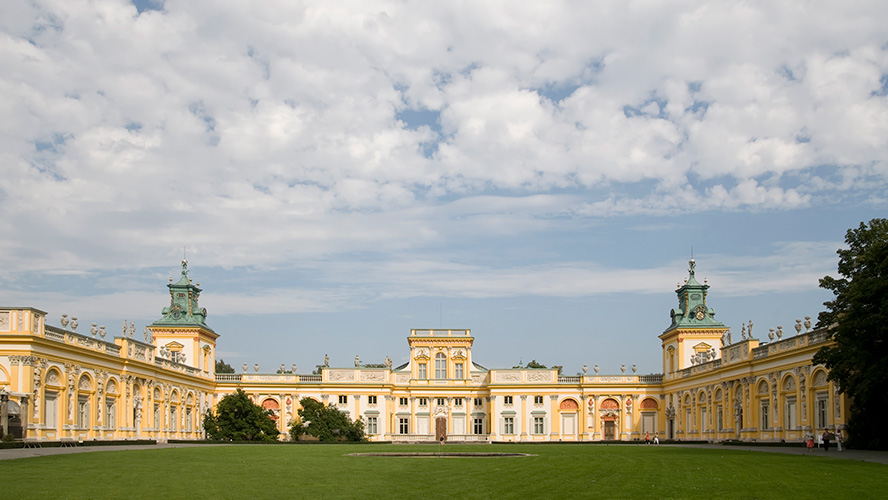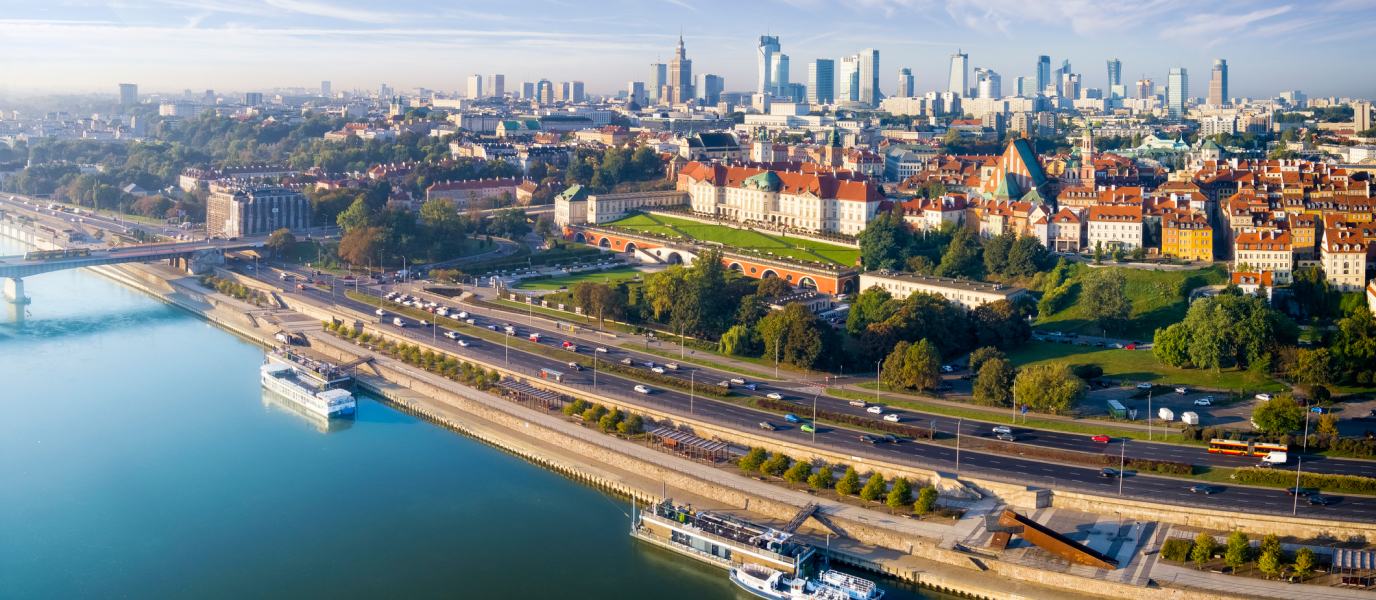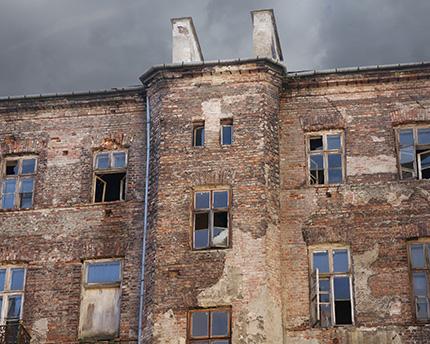It is considered one of Warsaw’s most outstanding examples of Baroque art. Fortunately neither the wars nor the partitions nor the foreign occupations to which Poland has been subjected have succeeded in destroying the Wilanów Palace, which still retains its original structure.
This magnificent palace, built as the summer residence of King Jan III Sobieski and his beloved Marysienka, still contains its splendid furniture, a valuable ceramics collection, important items for everyday use and mementoes of the royal family. In addition, visitors can see a series of portraits dating from the sixteenth to the nineteenth century on the first floor.
Currently, the Wilanów Palace (Warsaw), is used as accommodation for VIP guests on official visits to the city. Through these rooms have passed famous figures including Charles de Gaulle, Giscard d’Estaing, Richard Nixon, and Fidel Castro.
The history and architecture of Wilanów Palace
The origins of Wilanów Palace can be traced back to the year 1677. That was when King Jan III Sobieski decided to have a summer residence built in the Baroque style, and invited Augustyn Locci, one of the most renowned architects of the time, to design it. In fact, it was the king’s children who were able to benefit most from the palace, until it was bought by Elzbieta Sieniawska in 1720. Later, it was acquired by another king, Augustus II The Strong, and since then there have been many owners: Maria Zofia Sieniawska, her daughter Izabela Lubomirska, Aleksandra Lubomirska, Aleksandra Potocka, Ksawery Branicki… The palace’s last resident was Adam Branicki.

In 1944, following the Warsaw Uprising, the Nazis ransacked and burnt the building, but failed to destroy it. A year later, the State took over ownership of the palace, and in 1951, the burg of Wilanów became part of Warsaw. Now, the edifice is known as the Wilanów Museum-Palace, and belongs to the European Royal Residences Association.
Exhibitions at the Wilanów Palace
At the Wilanów Palace, visitors can tour the apartments once inhabited by the King and Queen Maria Kazimiera, along with the Chinese Room, the Dutch Room, the Antiquities Room and the Potocki Museum. In the White Room, visitors can see portraits of all the palace’s owners, and of their closest relatives. Members of the aristocracy and the royal family would gather in the Banqueting Room — also known as the Great Crimson Room, famous for its red colour.
It is worth stopping to look at the splendid, eighteenth century sundial which the king had set into the palace’s rear façade. This is a clock with three discs held by Saturn, and indicates the King’s interest in astronomy. Another outstanding feature is the enormous park surrounding the palace, which has an abundance of lovely sculptures, pathways, a lake, a stream and a waterfall. Adjoining the palace gardens, in the former dressage area, is the Poster Museum.
The Palace’s Towers
Wilanów Palace is one of Warsaw’s architectural icons. From the central edifice rise two distinctive towers that serve to link the main building with the wings. In the towers, visitors can see relief carvings of symbols of Poland and Lithuania throughout their close association. Above the entrance to the north tower is a high relief carving of an eagle — the symbol of Poland. And the south tower has a mounted horseman, representing Lithuania. Between the two towers there is an attractive fountain.

Labyrinth of Light
One of the great attractions of the Wilanów Palace is its ‘Labyrinth of light’, or the Royal Garden of Light, which can be seen in winter, normally until March. Images are projected on to the palace, and its superb gardens become mazes recreating the plant life that normally grows there in summer. Here you can see historic figures and plants and animals with a fantastical appearance. And the lights dance to a soundtrack of classical music. A show that is well worth seeing.
Information for visitors (opening hours, and so on.)
Address: Stanisława Kostki Potockiego 10/16. Varsovia
Opening hours: Wilanów Palace is open to the public every day except Tuesday, from 9.30 a.m. until 4.00 p.m. During the summer months, it closes two hours later on Wednesdays, Saturdays and Sundays. The park opens at 9.00 a.m. and closing time is determined by the weather conditions.
How to get there: The best way to reach Wilanów Palace is by taxi or by bus (route numbers 116, 180, 519, 700 and E2).































































